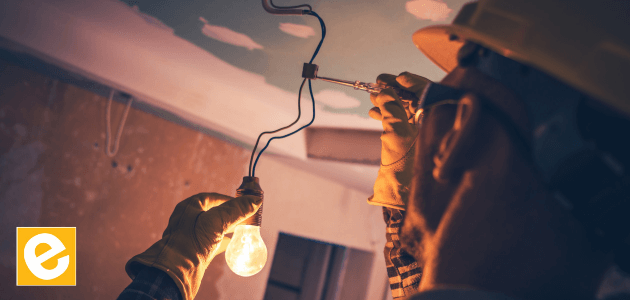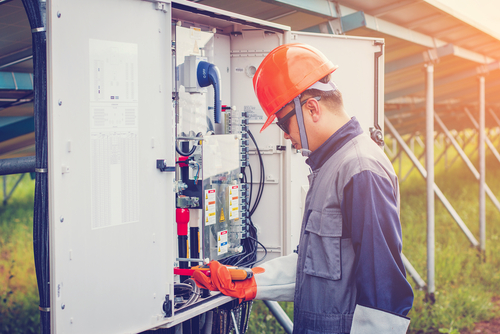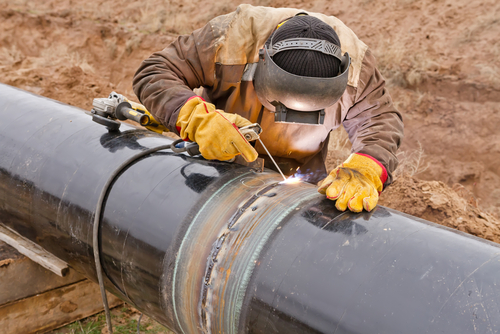
How to Standardize Processes for Electrical Subcontractors
Posted on |
This month, we’ve focused a lot on standardization processes and how it can improve workflow efficiency on the job site. Now, we’re taking a look at the benefits of standardizing processes for electrical subcontractors.
As construction technology becomes more prevalent in the industry, firms are taking a look at their use of construction technology to ensure they are keeping up to speed. Construction firms have been increasingly realizing that using technology or software to standardize processes can both increase efficiency and minimize wasted time and resources. Using standardized processes in electrical subcontracting can help construction firms keep communication streamlined and essential documents updated across the entire job site. Essentially, standardization has a significant positive impact on both the time and budget it takes to complete a project.

Table of Contents
Electrical Subcontractor Jobs
It’s important to note that an electrical subcontractor is different from an electrician. An electrician is an individual trade worker, while an electrical subcontractor is usually the term for a company or business where electricians work. There are varying types of electrical contractors that specialize based on the kinds of electrical work.
Outside contractors (sometimes called line contractors) work with higher voltage power distribution lines, such as power lines or at a power plant. Meanwhile, inside electricians work in more commercial settings within the perimeters of a building, usually on tasks such as electrical cabling and installation for commercial and residential buildings. The final type of electrician specializes in IBS (integrated building systems), which includes specializations such as wireless networks, climate controls, and security systems. IBS contractors work to ensure these systems seamlessly integrate with the rest of the building for optimal performance and efficiency.

Why is Standardization Helpful?
Standardization is a tried and true method to improve effective communication on the job site and reduce both the time and cost of projects. Using standardization can help minimize the chance of errors or variation on the final product, which streamlines the construction process and results in overall better efficiency and accuracy.
Standardization can help improve communication between workers and minimize the amount of time spent on tedious, repetitive paperwork. By decreasing the guesswork on a project by having a standard set of procedures and documentation policies to follow, standardization boosts productivity and ensures a high-quality standard of work.

Standardization tools such as field-first project management software are incredibly beneficial for electrical subcontractors by offering document management capabilities. These help record daily activity to ensure that current versions of docs passing to and from the job site streamline communication between the project manager and workers on the site. Additionally, standardization can help improve company scalability, reduce rework, and mitigate risks and construction claims. As an industry with a high employee turnover rate, keeping employees productive and focused on using repeatable workflows is essential to company success. Having set processes to help employees during onboarding and daily work can also help keep them feeling satisfied with their job and reduce employee turnover.

How to Standardize Processes for Electrical Subcontracting
Within the electrical subcontractor industry, there is only a minimal amount of standardization, and not many subcontractors have systems for project management. The steps an electrical subcontractor can take to standardize processes for their company can be simplified down to three main stages: flowcharting, process documenting, and training/implementation.

Here are the three major stages of standardizing processes in electrical subcontracting:
1. Flowcharting
In the flowcharting stage, all necessary persons should collaborate and decide on what the standardization processes should be and how to implement them. Once everyone has agreed upon the process and timeline of the standardization process, you can move on to the next major stage: documentation.
2. Documentation
The documentation stage includes the tedious work of creating standardized document templates and process outlines for tasks such as RFI’s and RFP’s. While this process is time-consuming, it is an essential step to ensure standardization across the board and will ultimately save time in the long run.
3. Training and Implementation
The next stage: training and implementation occur once all necessary documents have been drafted. In this stage, workers will begin using the new standardized processes and will troubleshoot any issues with the standardization process.
It’s realistic to plan for about one year to create and implement standardized processes for electrical subcontractors. By focusing on the details of implementing a new system, you can streamline the later stages of rolling out the standardized processes. It is essential to have not only standardized forms and reports but also a successful company-wide implementation. Focusing on one project at a time and applying the lessons learned on the next project will ensure the new processes are fully optimized.

Conclusion
Standardizing processes for electrical subcontractors can hugely improve workflow efficiency and streamline communication on the job site. Within electrical subcontracting, implementing a standardization process can be time-consuming, but the high return on investment makes it well worth the time and effort. Through creating a stream of effective communication and streamlining administrative processes, standardization in electrical subcontracting can help successfully deliver a project both on time and within scope.